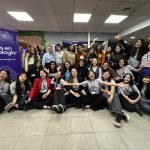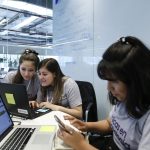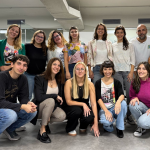Argentine Geology: Female Scientists in the Lab and in the Field
Science can prevent populations from being exposed to natural impacts such as floods, landslides and volcanic eruptions. Aixa Rodríguez, with her hands in the soil of San Juan, explains how she works to achieve this.
Argentine science has as its protagonists great women working on projects with social impact. From all over the country, they are leaders and part of interdisciplinary work teams. The research they carry out enables the country’s scientific and technological progress, improves the population’s quality of life and contributes to the development of the national economy. To the east of the Andes, the valleys that interrupt the mountainous relief of San Juan are home to this scientific activity and the workplace of geologist Aixa Rodríguez who, through her testimony, reveals what the life of a researcher devoted to the study of the Earth is like.
Aixa Rodríguez
Doctor in Geological Sciences. Postgraduate degree in Geostatistical Reservoir Assessment. Geologist.
What is your professional occupation?
I am Doctor in Geological Sciences. I work on the environmental geology, which is the most superficial part, the one looking at the landscape. I work at Instituto Geofísico Sismológico Volponi [Volponi Geophysical Seismological Institute] and also at the Environmental Geology Department at Universidad Nacional de San Juan [National University of San Juan]. I mainly work on applied geology. I try to study what happens with these surfaces of the Earth and what were the geological processes that took place in the not-so-distant past to find out how this influences land use planning. For example, some natural disasters related to floods, mountainside floods, which may not be taken into account when looking through land. My job is to see what geological processes are involved in the environment and how is that applied to society, because the human being is an individual that occupies part of this land, which the Earth Sciences study from its surface to its deepest part.
What is the daily work of a geologist like?
At Instituto Geofísico Sismológico Volponi, I work at the Department and in the field, which consists of touring the area. I work in the Tulum Valley, an inhabited valley in San Juan, and schedule field campaigns that take place during certain weeks. As the field is close by, on weekends, I can see what is happening out there, what erosion processes are, and what the soil is like. The campaign requires a little more time because I need to equip myself with certain clothing and some supplies, such as water. I also carry measuring equipment. The area of San Juan where I am has many flaws, so I work with some colleagues who help me take land geophysical measurements. During the week, this is a job closely related to nature. I also like doing interviews to the people living near the places where I do the geological survey to see how that influences or what these people know about natural impacts. Then, with this information, I go to the Institute, process the data and prepare reports together with the colleagues who went with me to the field.
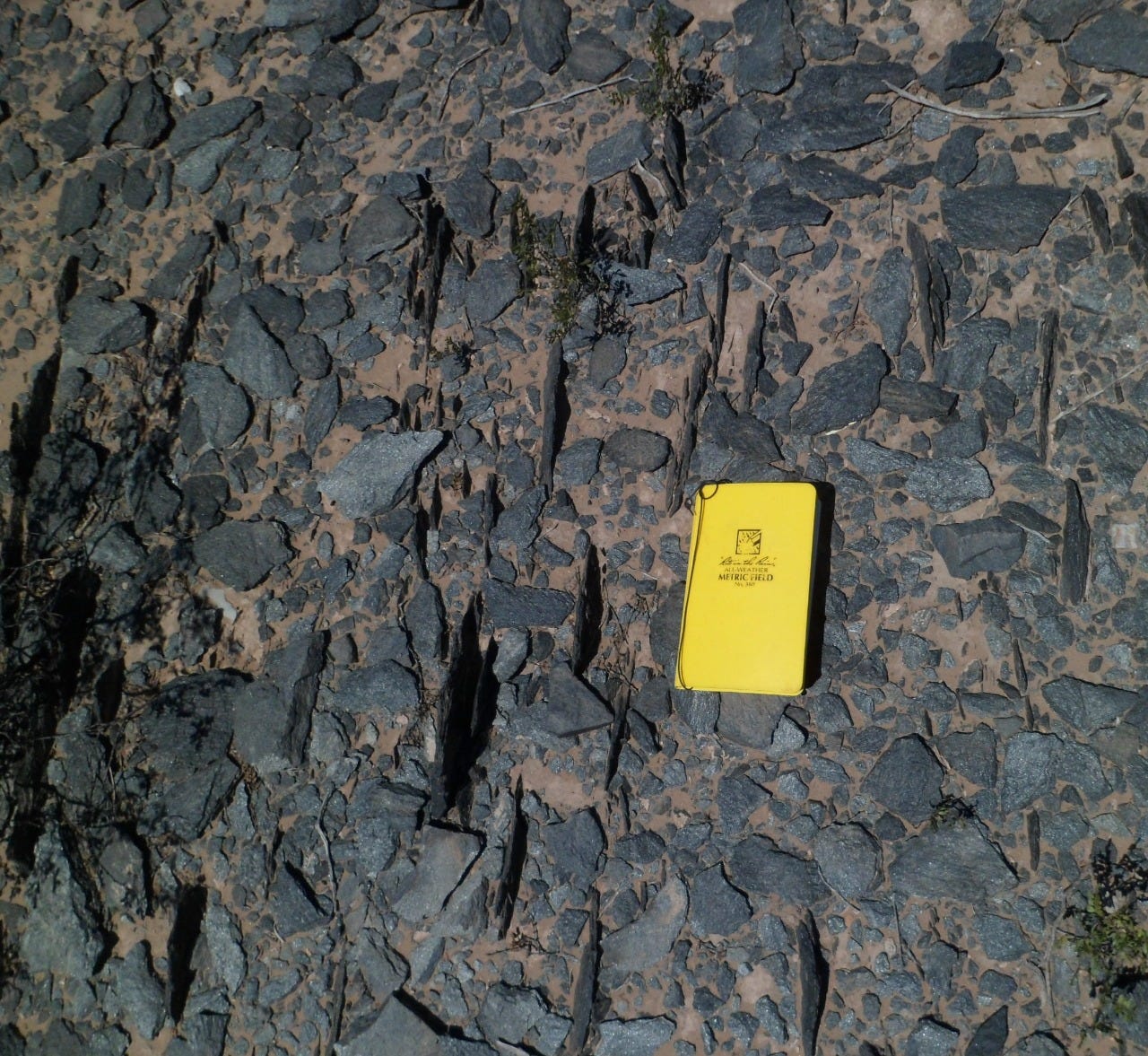 “Desert pavement” is the name given to this typical floor surface in San Juan. In this case, the yellow field notebook was used as a “scale” to characterize the photograph.
“Desert pavement” is the name given to this typical floor surface in San Juan. In this case, the yellow field notebook was used as a “scale” to characterize the photograph.
What do you think are the main skills needed to work in science?
I believe that one of the skills is to always be alert and curious, aware of what is new in science, not only in the discipline one is working in, but in every one. We also need to pay close attention to what the society needs. I think that is key for any scientific area: to think about what people are needing at that moment and try to find out, research and engage with that need. In the past, there was this idea of a scientist cooped up doing laboratory tests, and today it is about the scientist looking at what is happening outside. This also makes me feel useful in what I like. I think that any girl who wants to study a science, at the beginning, is a little bit caught by the curiosity to know a little bit more, which is what makes her try to do research every day. However, in addition to individual curiosity, we need to interact with what is going on in our society.
 Geophysics in cities. Measurements of magnetic properties with geophysical instrumentation called magnetometer.
Geophysics in cities. Measurements of magnetic properties with geophysical instrumentation called magnetometer.
As a professional, from your beginnings to the present, has the way of working evolved? Do you think that girls studying nowadays will have a different future?
I think so. I have found some barriers of machismo for female scientists since my beginnings. I think that the new generations entering the Geology world, and also the change of teachers with a different way of thinking, created new spaces. Now women are seen in a different way in science. For example, when I had my daughter, some comments were “no one else may have children,” as if having children was an interruption, and I became a doctor hand in hand with my male and female peers who did not have children. So, we, women, are trying to pave the way in science, creating this change. Today, girls entering the Geology world have more open doors. They even have female teachers who can support them.
What have been your main goals as a student and as a female scientist?
I come from a low-income family so, in my case, the opportunity to study was amazing. I have always wanted to study. Thanks to the public university, I was able to do it. My challenge has always been to try to give back to the community what I have studied. I found out that Geology was something I was passionate about and that I could do it through that science. And, somehow, to break my family’s social aspect of people who had not been able to enter higher education was a dream come true. Graduating was kind of breaking that social rule that the poor cannot make it to university. So, one of the most important goals was my professional growth and to have obtained the degree. I did not stop there, and I graduated as a doctor. I did so having already started a family, that is, I had to study with a little girl to take care of, in addition to the challenge of being a woman in science.

Hands in the soil: all senses are used for the first field characterization of soil texture.
What challenges do females scientists face?
Men, instead of women, have often been chosen to go to the field. There is no explanation about it; it is something rather traditional. At the beginning of my doctoral studies, a female teacher told me: “In Geology, women are for the laboratories and men are for the field.” However, after meeting many people at the Institute, I have noticed that these things change and that there are many women out there. We ourselves are already bringing about this change without having to say so. You just know, you live it.
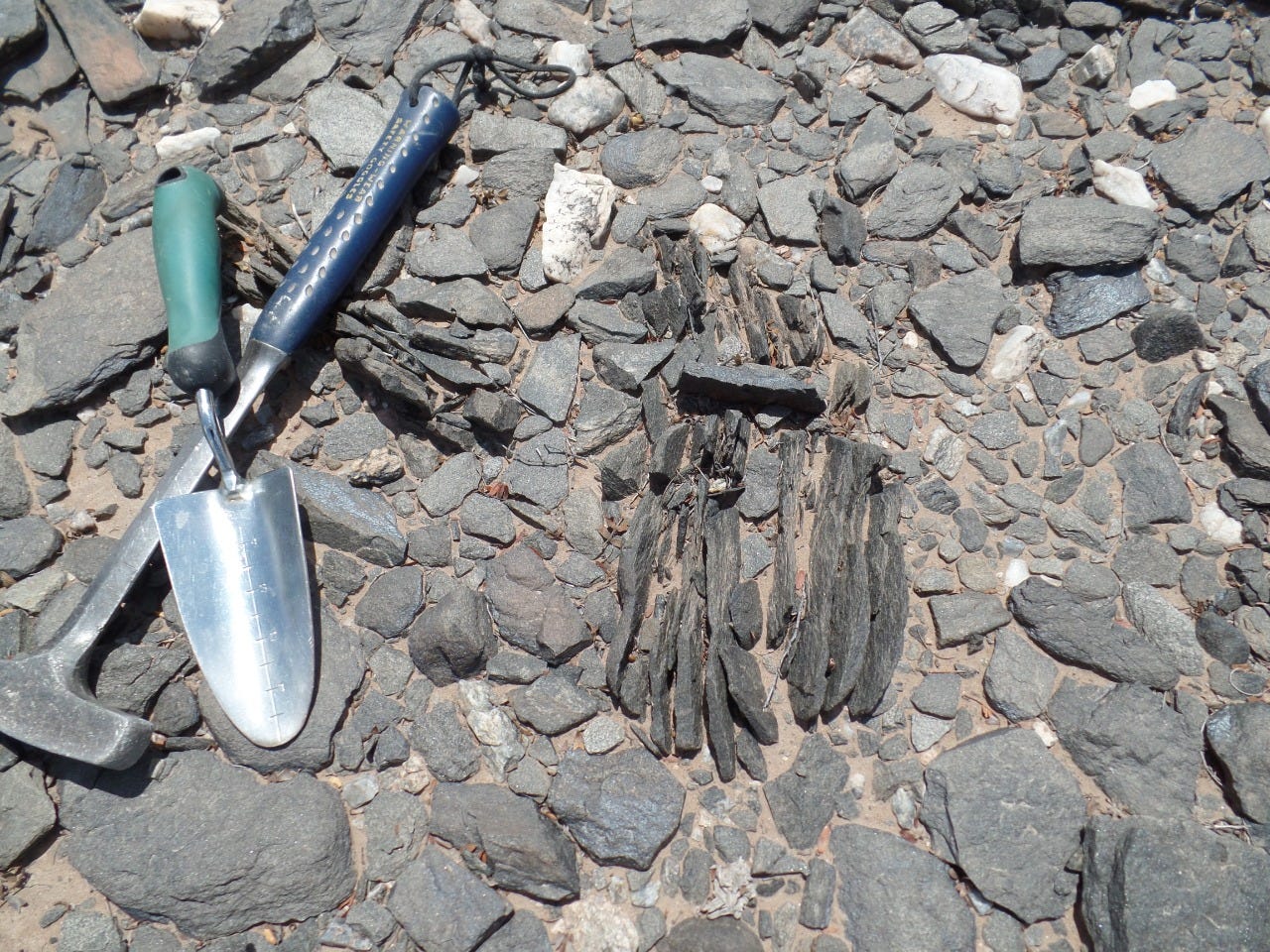
Field instruments: geologist’s hammer and little shovel to clean soil; working with rocks and soils, and extracting study samples.
What other aspects do you think should be improved so that more women can grow in science and technology?
Another challenge for women that is currently changing is, for example, traveling abroad and having some support for the family she is traveling with. An old belief was that women had to devote themselves to their children and that it was frowned upon for us to travel to take a course. However, the system has to help us so that we can achieve those instances that a female researcher needs. We also need to have maternity spaces or parental leaves. Another challenge for women is to reach the highest standards in science, to be researchers and hold positions in Managements, where almost all of them are men.
What do you think should be the characteristics of a scientific female leader?
A female leader in science should listen to other people’s needs. I believe that the engagement of women in different aspects and areas should be encouraged, trying to create spaces where there is diversity of people, where a certain gender does not have the last word but where it is possible to work in an interdisciplinary and collaborative way.
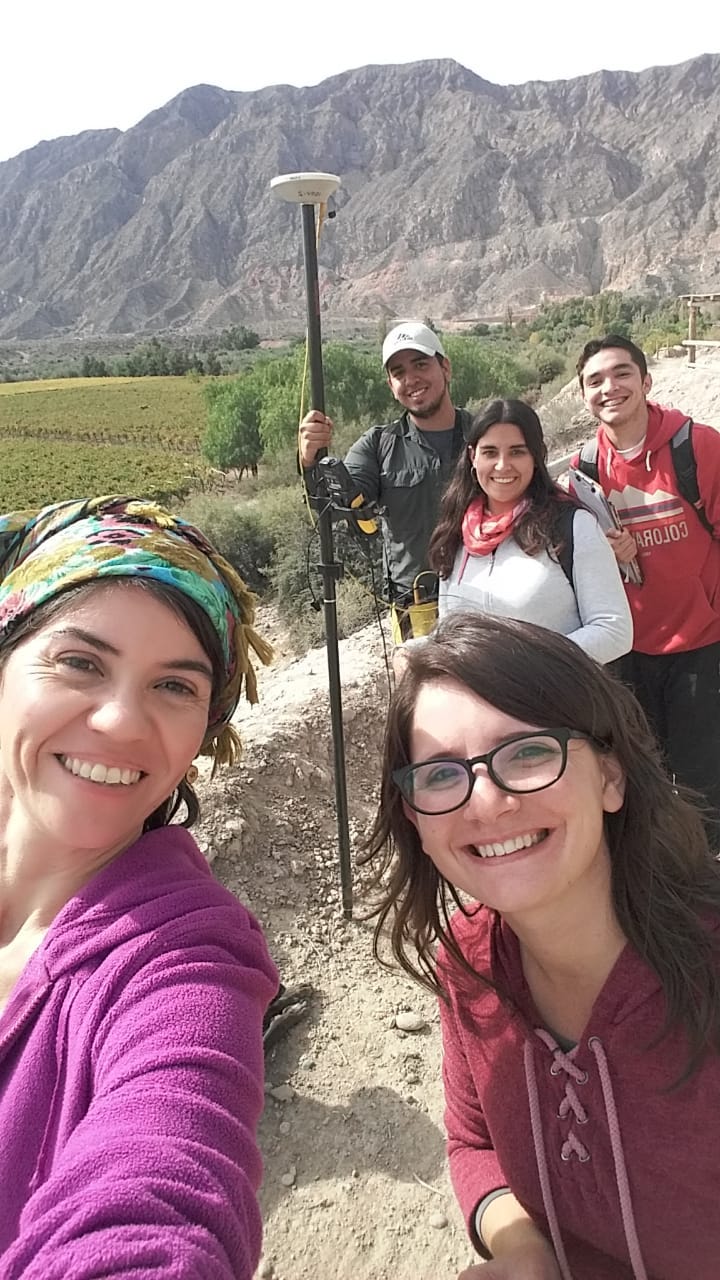
Nature as a book: teamwork, field practices with Geology students from Universidad Nacional de San Juan [National University of San Juan].
What advice would you give to the new generation of female scientists? How can they contribute to this transformation?
I believe that one should value oneself and not back down. Women have an empathy that allows us to see science from another point of view. We should try to find work groups in which everyone wants to progress and not to pay attention to those attitudes of demeaning women that persist in society. We should not lose sight of the strength that women have.
Aixa Rodríguez is part of the #MujeresArgentinas campaign created by Chicas en Tecnología to give visibility to women leading and working in STEAM (Science, Technology, Engineering, Art and Mathematics) and entrepreneurship throughout Argentina. If you would like to nominate a woman to be part of this campaign, please write to us with the subject “Women in STEAM” to [email protected].


